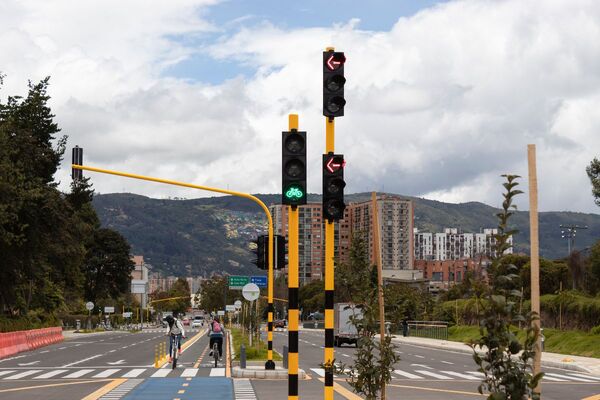Key Takeaways
- A recent report emphasizes the need for cities in America to shift focus from car-centric infrastructure to more sustainable urban planning.
- With over 50% of urban land currently utilized for vehicles, the study advocates for integrating transportation alternatives like cycling and walking paths.
- This strategic reorientation aims to enhance quality of life and reduce environmental impacts in urban areas.
Rethinking Urban Infrastructure
A new report highlights the pressing need for American cities to re-evaluate their urban planning strategies, particularly concerning the overwhelming allocation of land to car infrastructure. Currently, more than half of all urban land in these cities is dedicated to accommodating vehicles, which has led to significant environmental and quality-of-life challenges for residents.
The report advocates for a comprehensive reorientation of urban infrastructure, proposing a stronger emphasis on sustainable transportation options such as cycling and walking. It posits that reallocating land from vehicles to pedestrians and cyclists can foster healthier communities and reduce pollution, thereby improving overall city livability.
One of the core recommendations is the creation and enhancement of bike paths, known as “ciclorutas” in places like Bogotá, Colombia. Integrating these paths not only promotes physical activity among residents but also encourages a cultural shift towards non-motorized transportation. The study suggests that cities could significantly benefit from investing in infrastructure that supports such alternatives, fostering an environment where walking and cycling are safe and appealing.
Furthermore, the report mentions that other car-centric practices, like parking lot expansions and road widenings, contribute to urban sprawl and a car-dependent culture. It argues that cities should prioritize open spaces and green areas over additional parking, which can instead help tackle urban heat and improve air quality.
A critical aspect of the report is its call for community engagement in the planning process. Local stakeholders, including residents, businesses, and transportation advocates, should have a platform to voice their needs and preferences. Empowering communities to participate in urban planning can lead to tailored solutions that account for diverse perspectives, ensuring that the resulting infrastructure meets the actual needs of citizens.
Additionally, the report stresses the importance of government investment in public transport systems as a vital component of reducing reliance on cars. By enhancing subways, buses, and other mass transit options, cities can provide residents with accessible alternatives to driving, contributing further to emissions reduction.
The research ultimately underscores that rethinking urban planning is not just beneficial for environmental factors; it can also lead to economic advantages. Improved infrastructure for biking and walking can increase local business traffic and enhance property values in neighborhoods that embrace these changes. As cities strive to adapt to an evolving landscape, the focus on sustainable transportation is becoming not just an ideal but a necessity for future urban development.
In conclusion, the report presents a strong case for cities to pivot away from traditional car-centric approaches in favor of a more integrated, sustainable urban model. By doing so, they can promote healthier lifestyles, bolster the economy, and create more resilient communities equipped for the challenges of the future.
The content above is a summary. For more details, see the source article.















